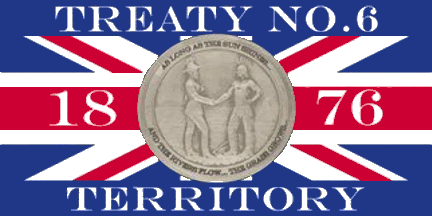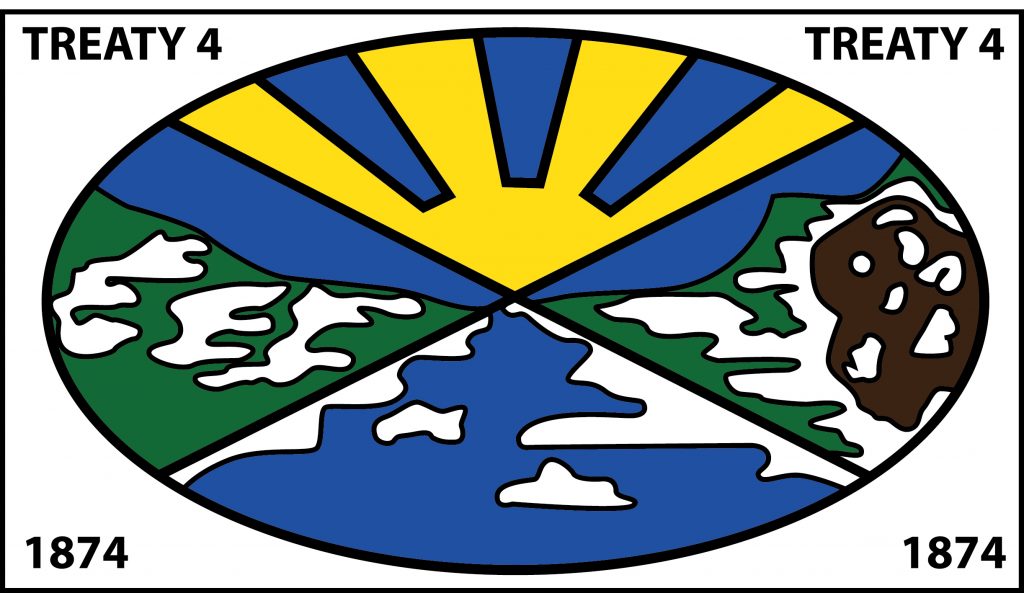

I believe that it is my responsibility to approach treaties with an open mind. I must be open to being educated and to educate others. I must be open to understanding that people view treaties with different lenses. I must be open to becoming comfortable with being uncomfortable.

Prior to learning about treaties and what makes an individual a treaty person, I struggled with figuring out what makes me a treaty person. However, because my parents immigrated to Canada from the Philippines, making myself a second-generation immigrant Canadian to treaty 6 (where I was born and raised) and treaty 4 (where I currently live and attend school) territories, I learned that I benefit a lot from the treaties. With that, it is important that I acknowledge and am grateful for these benefits. Because of treaties, I have several privileges – the privilege to be living on this land, the privilege to basic necessities, and opportunities to learn and grow. Therefore, it is my responsibility as a treaty person to promise to be a lifelong learner and to acknowledge, honor, and respect the land that we share and to continuously grow and learn about the people and cultures who made the promises to ensure our present and future towards truth and reconciliation. In my understanding, truth and reconciliation is essential in treaty education because it is about acknowledging the harsh truth behind Canada’s past and finding ways to restore relationships, peace, and equity.
As a future teacher, I have the responsibility to share these beliefs and promises to my class and make my classroom environment a place where students can begin to learn and/or share their own knowledge on treaties. I believe that relationships are essential when it comes to treaties, as treaties themselves were created through relationship. Creating a classroom climate that is inviting and inclusive can help foster these relationships. For example, the way the desks are arranged in a classroom can also help foster these relationships and impact the classroom climate. The book, Treaty Elders of Saskatchewan, states:
“[…] the Elders told us that the circle represents a coming together or a bringing together of a nation. They state that, in coming together in this manner, the nation reaffirms its unity under the laws of the Creator. Under First Nations’ traditional teaching, this was one of the sacred ways in which the nation would continue to possess the capability to nurture, protect, care for, and heal its people. It is these annual acts of renewal and spiritual and community refurbishment that enabled the Treaty First Nations to retain their inner strength, cohesion, and spiritual integrity.” (Cardinal & Hildebrandt, 2002, p. 14)
With that, arranging tables/desks in a circle(s), rather than rows, creates a more welcoming atmosphere in which the students can feel a sense of belonging, and also reflects the idea of miyo-wîcêhtowin – a Cree word that means living together in harmony and having good relations with one another. Creating classroom expectations or agreements and relating them to treaty can also demonstrate the importance of making and keeping promises. However, when making this connection, it is important to recognize and understand that treaty is a sacred and spiritual agreement. As curriculum plays a huge role in education, weaving treaty education in a cross-curricular way – for example learning about traditional artwork or dances in arts education or reading literature from Indigenous authors in language arts classes. Not only will this be an opportunity to learn about the Indigenous cultures and ways of knowing, but it will also help in demonstrating the importance of treaty and show how treaty is reflected in interdisciplinary ways.
